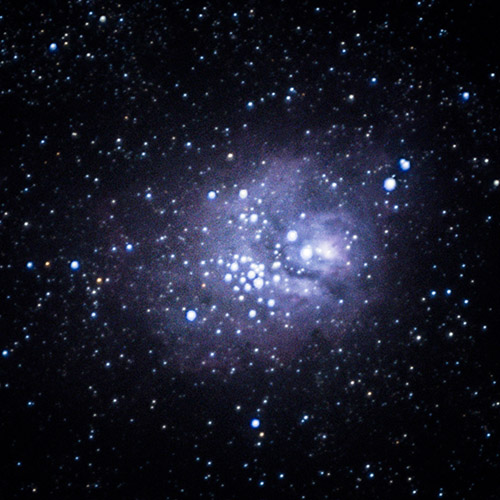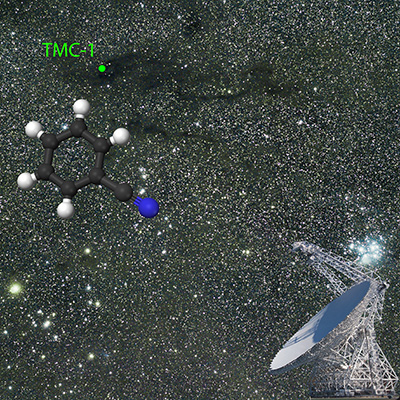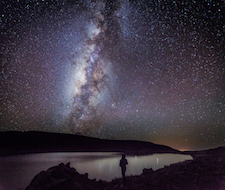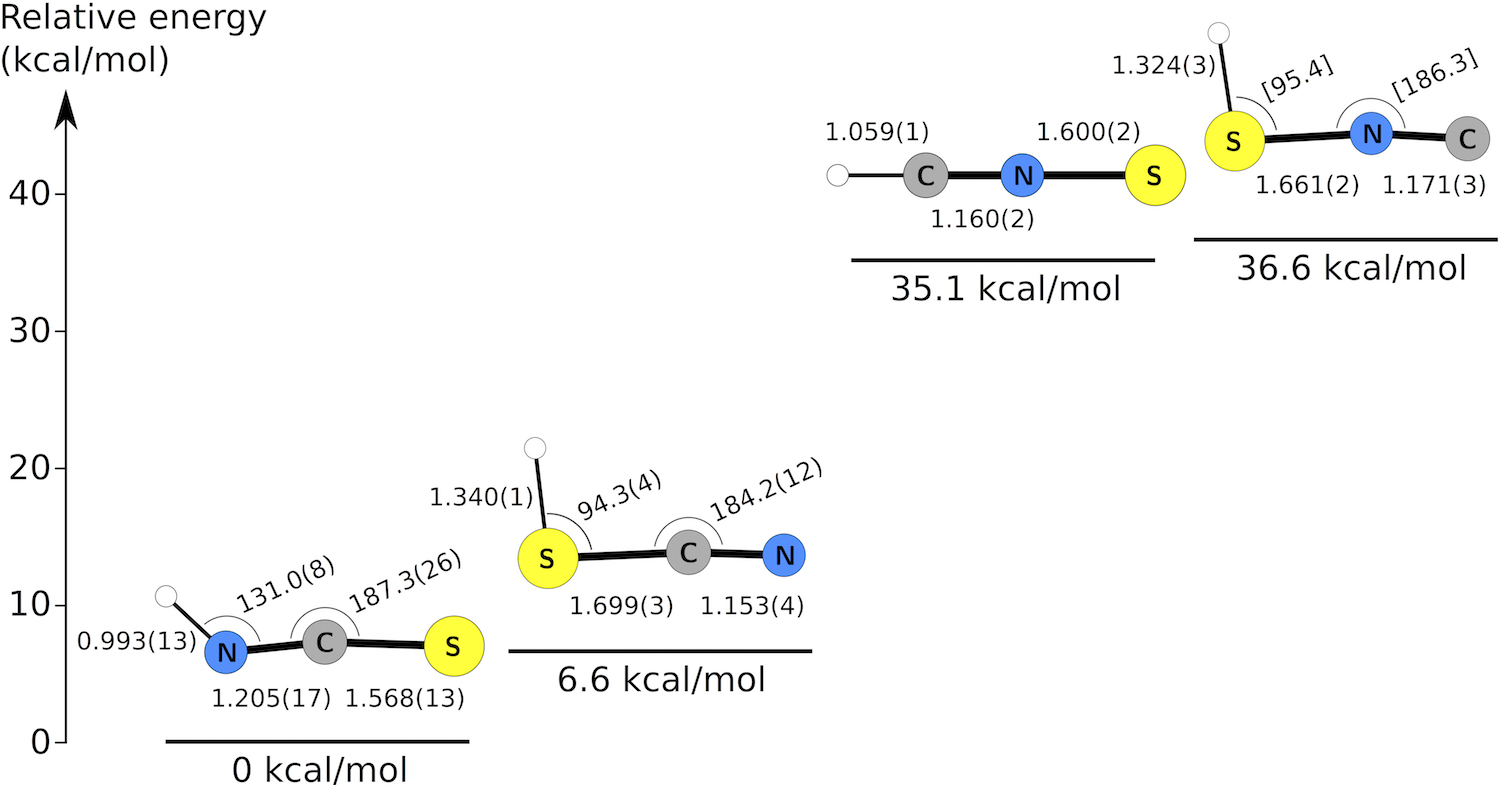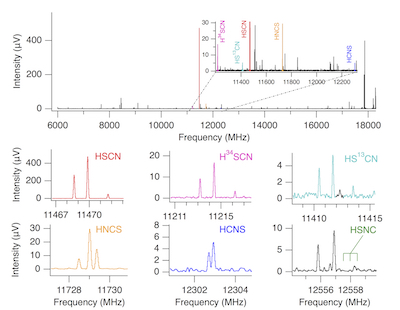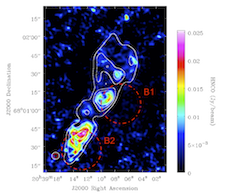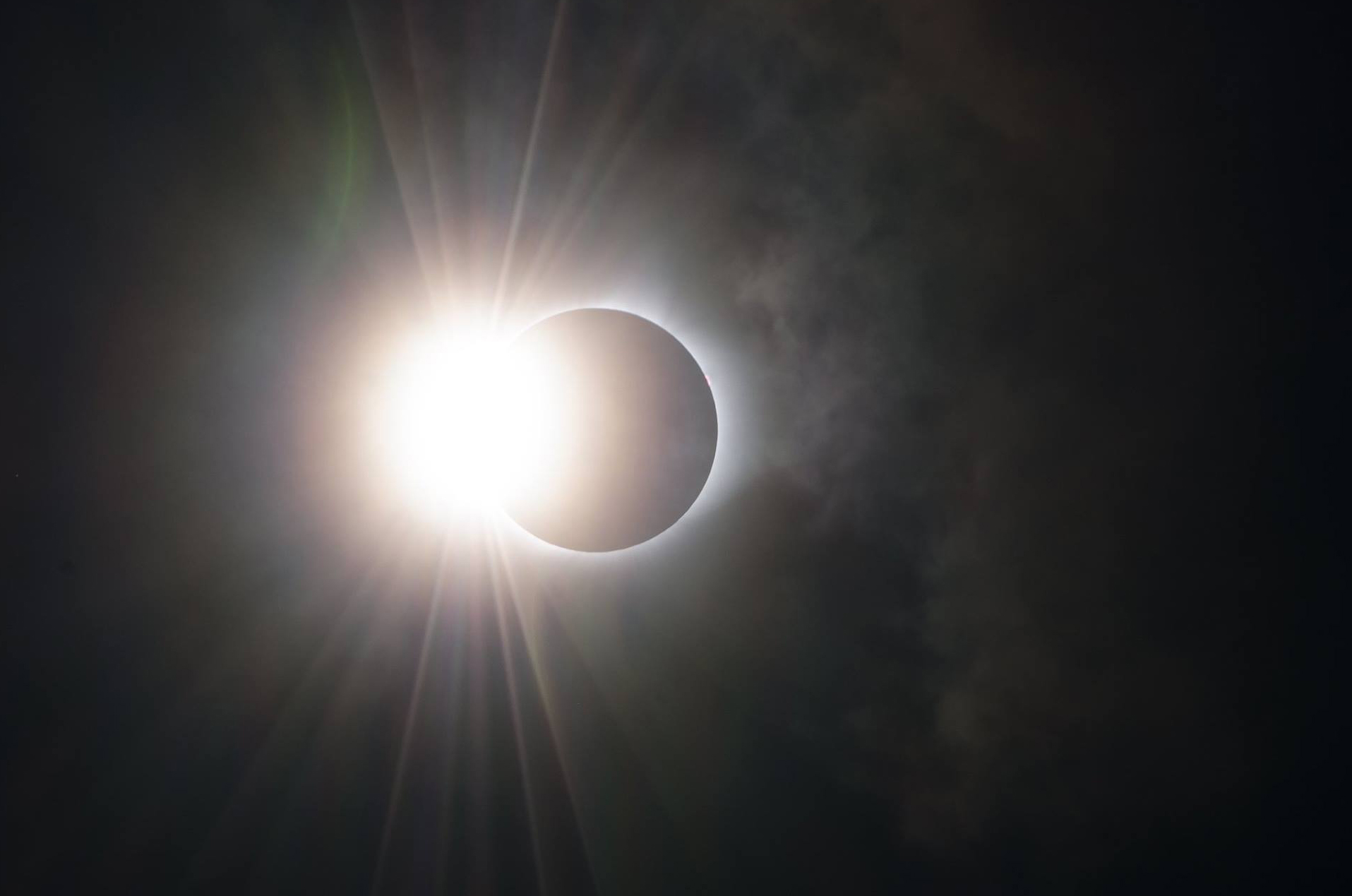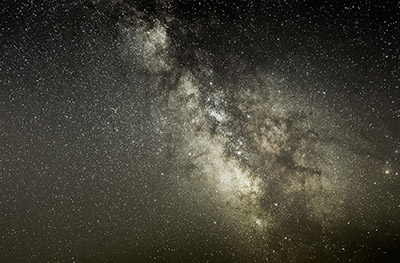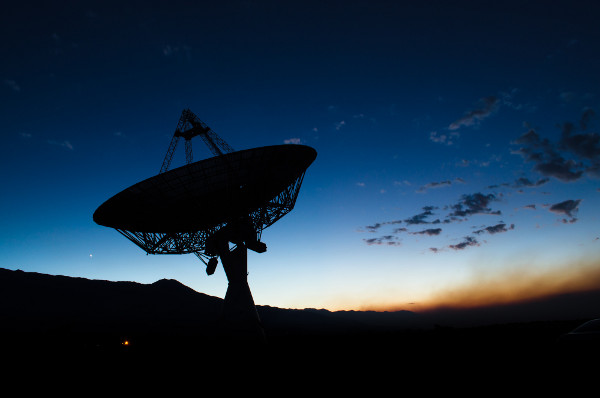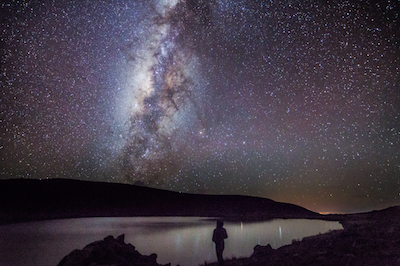
AS · TRO · CHEM · IS · TRY
/ astrō'kemestrē /
(n) the study of molecules in space - where they are, how they got there, and what they are doing
Research
NASA missions have found some of the most chemically diverse organic materials ever detected in astronomical environments yet there is no agreed upon chemical pathway as to their formation. We know from meteorites and, more recently, cometary samples returned by the STARDUST mission that amino acids, the building blocks of life as we understand it, are present in extraterrestrial sources (Elsila et al. 2009). In the last decade, complex gas-grain chemical models have become widely used tools in the attempt to understand the chemical pathways that can result in the species observed and their abundances in interstellar environments. A key goal of these models is to attempt to predict the most likely chemical pathways for the formation of life-essential molecules, such as amino acids. While such methods are valuable, they suffer both from a lack of laboratory data and a lack of observational data with which to constrain them. Thus, laboratory studies and observational follow-ups are vital.
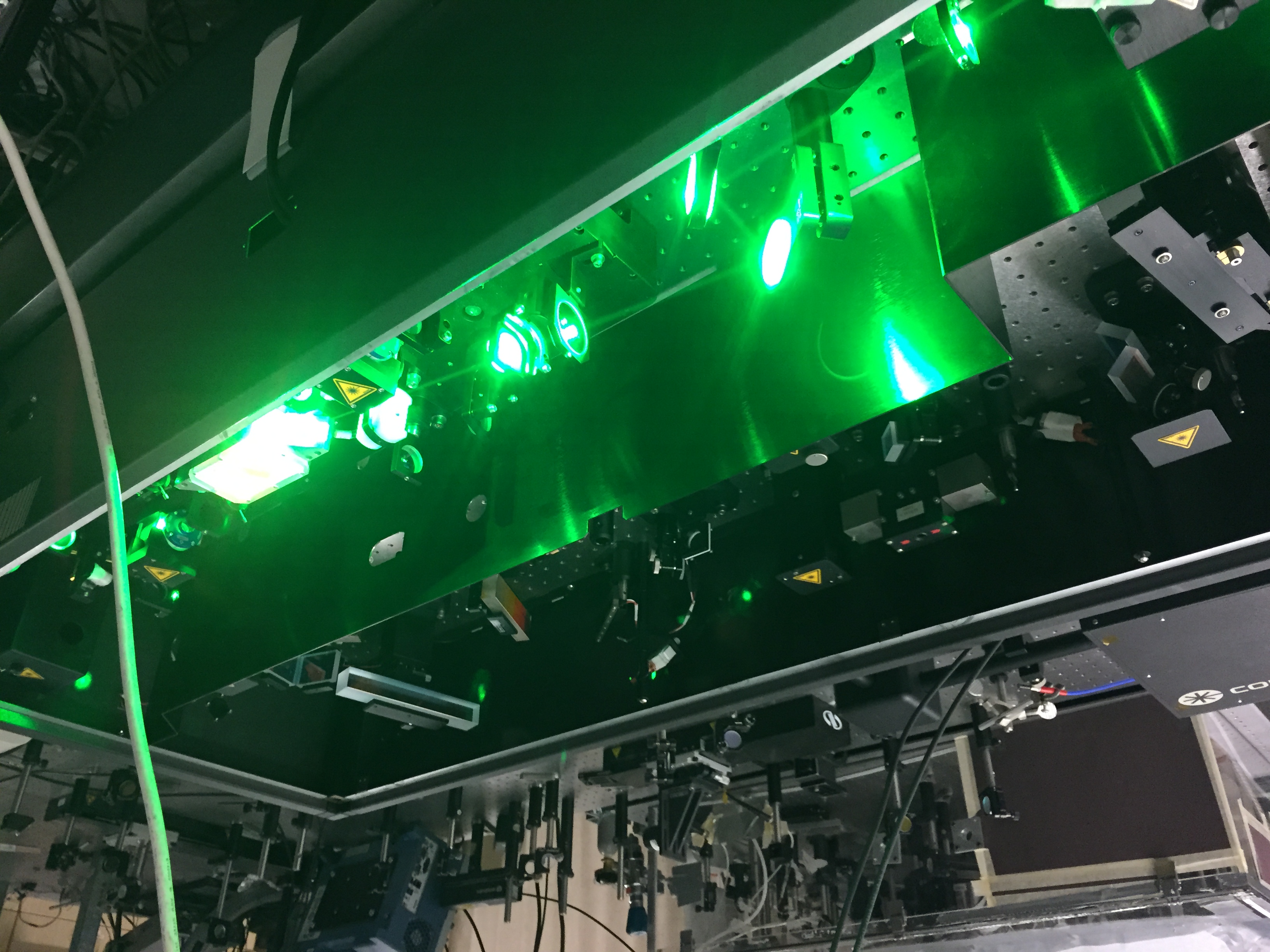
Legend Elite femtosecond laser used to generate high-power, broadband THz pulses
For my PhD work, I constructed a spectrometer to measure the far-infrared (THz) absorption spectra of interstellar ice analogs. Such ices may be the dominant source of complex molecule formation in the ISM, and yet their compositions are largely unknown due to the difficulty of characterizing them using known infrared spectra. The THz region of the spectrum, which overlaps well with the new SOFIA observatory’s capabilities, provides the opportunity for unambiguous observation and characterization of these ices once laboratory data are known.
As part of my postdoc, I've transitioned into the microwave/mm/sub-mm region of the spectrum with high-resolution, gas-phase rotational spectroscopy of reactive or transient species. Rotational spectra are, in principle, completely defined by the three moments of inertia of a molecule. Thus, in addition to providing the spectral signatures needed for identifications in the ISM, the exact geometries of these species can be determined as well. In turn, when coupled with high-level ab initio calculations, these geometries provide the precise energetics of a system needed to robustly understand the formation pathways and mechanisms used in models of formation chemistry in the ISM.
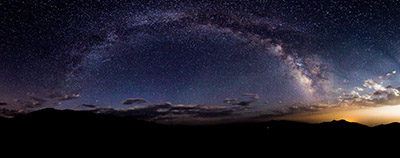
The Milky Way stretches over the Ancient Bristlecone Pine Forest. In the distance are the glows of the Combined Array for Research in Millimeter-wave Astronomy and Big Pine, CA.
I am also a member of a team of astronomers working to expand our knowledge of the gas-phase chemical inventories in the ISM through the Prebiotic Molecular Survey of the Sgr B2(N) star-forming region. As a result, I have published the first detection of propylene oxide (CH3CHCH2O), the first chiral molecule found outside our solar system, and carbodiimide (HNCNH) a new astronomical maser. Through observational programs such as this, which rely heavily on complimentary laboratory efforts, I hope to shed light on the processes which can give rise to species such as glycine in the ISM.
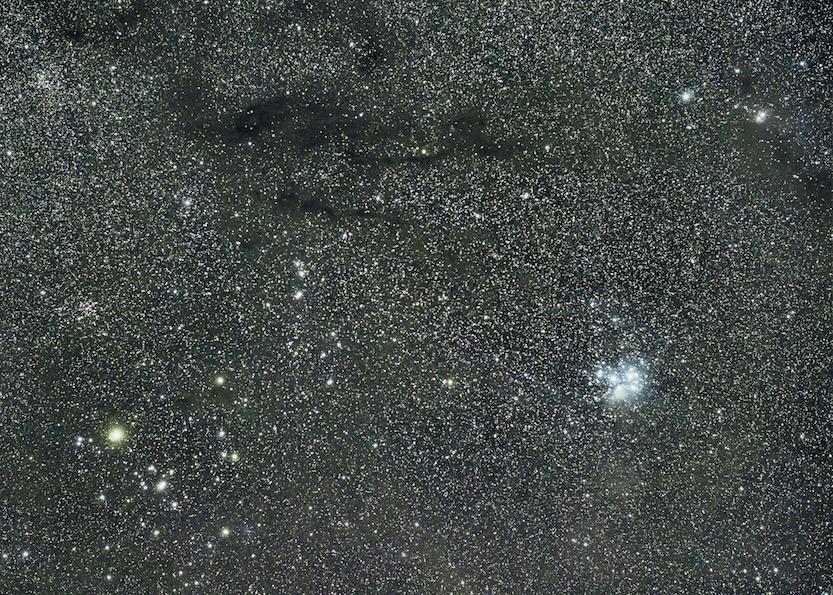
The Taurus Molecular Cloud, a collection of gas and dust that blocks out the starlight from behind, hangs in the sky alongside the Pleiades Cluster and the bright star Aldebaran, in the constellation of Taurus.
Most recently, I led an effort which resulted in the first detection of an aromatic, benzene-ring containing molecule in the interstellar medium: benzonitrile (c-C6H5CN). It's thought that a class of interstellar aromatic benzene-ring molecules known as the polycyclic aromatic hydrocarbons (PAHs) contain ~10% of all the carbon in the universe. Due to their unique structural properties, however, it is extraordinarily challenging to observe them. Our detection of benzonitrile changes the game on this, and offers us the ability to study these types of molecules routinely, and without the need for the infrared space-based telescopes we have had to use (with limited success) until now. As part of my microwave spectroscopy work, I have undertaken a comprehensive follow-up program to study the formation of these ring structures from non-cyclic precursor molecules in the laboratory.
Selected Publications
For a full list of publications, please see my CV.
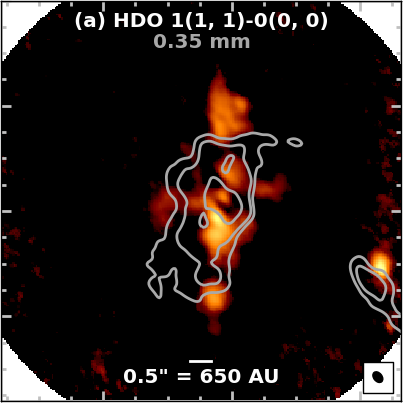
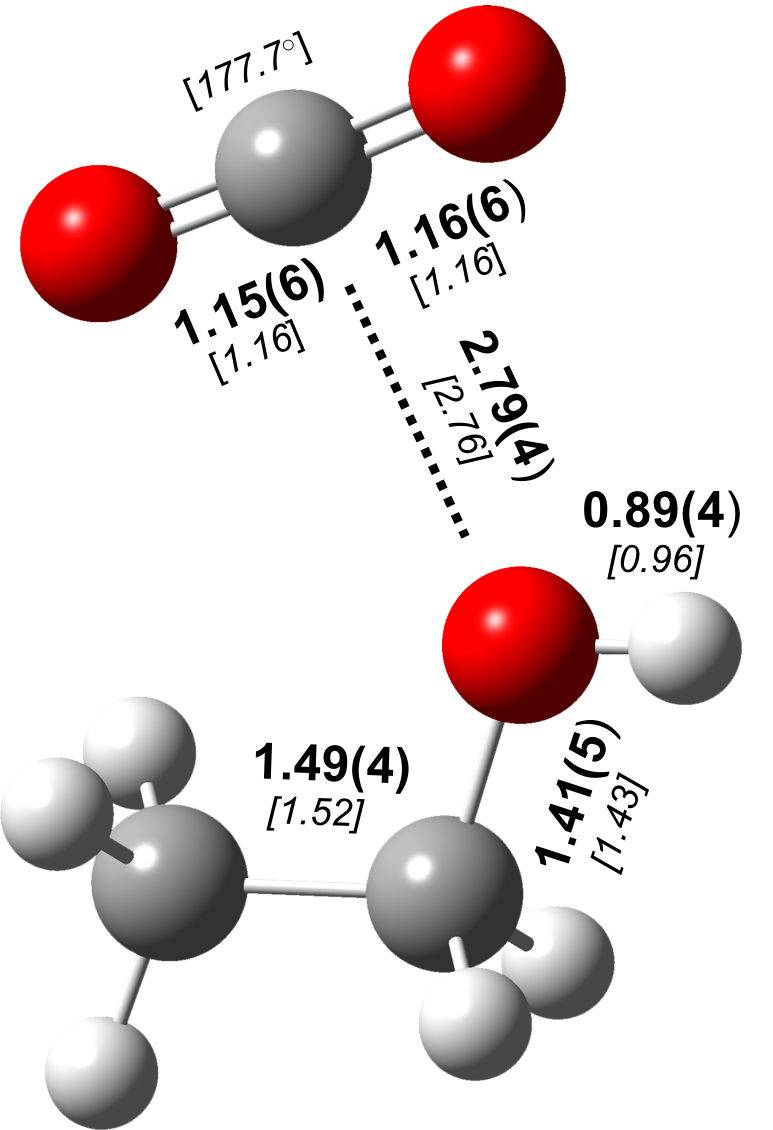
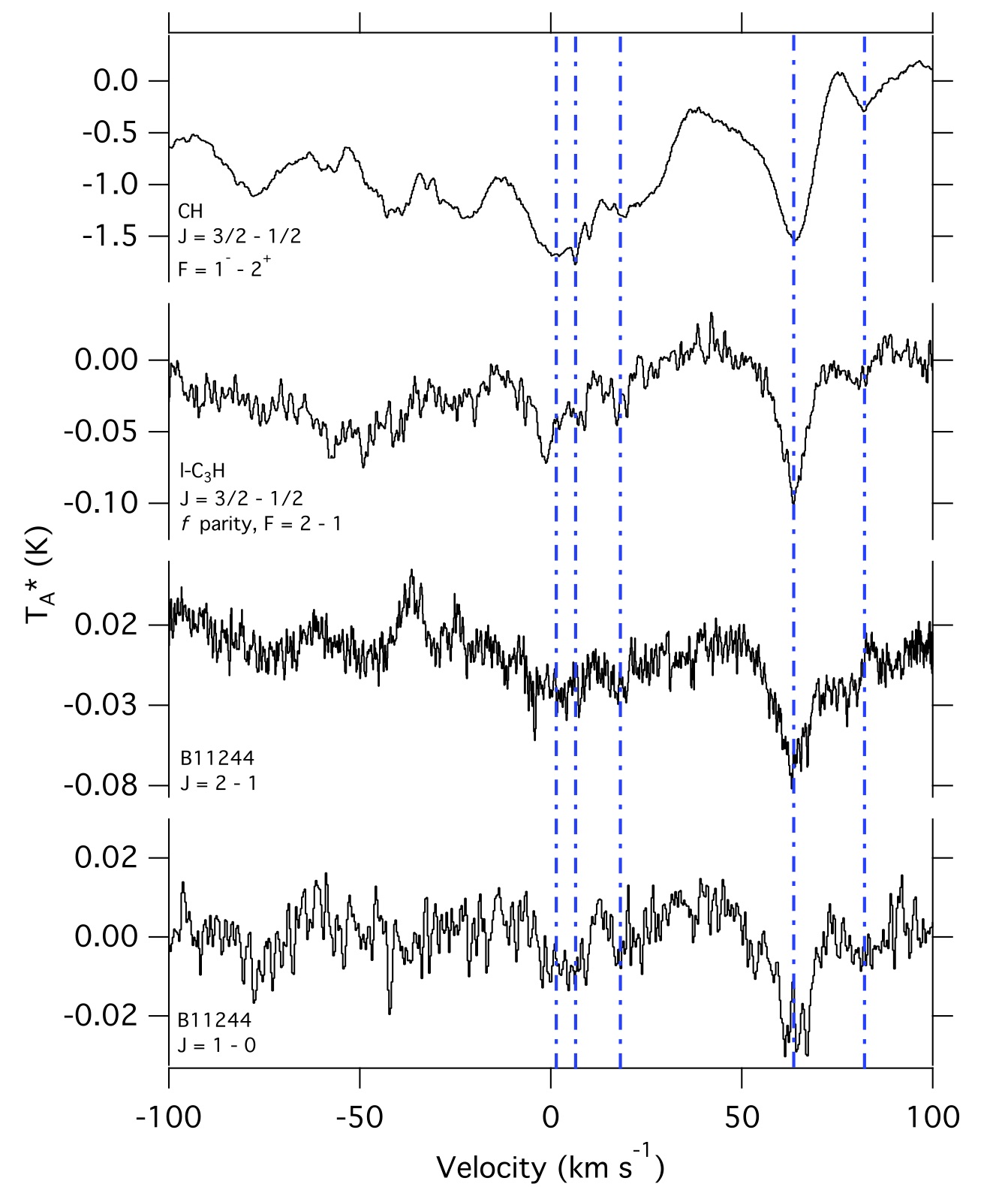
Photography
In the last few years I've taken an interest in amateur nature photography and astrophotography. I haven't quite gotten to the point of investing in a dedicated telescope for imaging, but I will give in soon enough. A small selection of my photos are below.

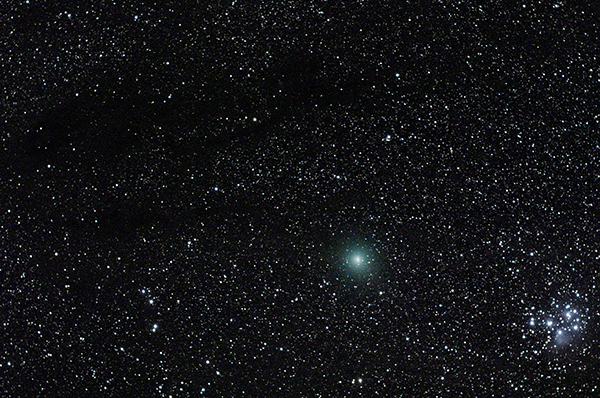
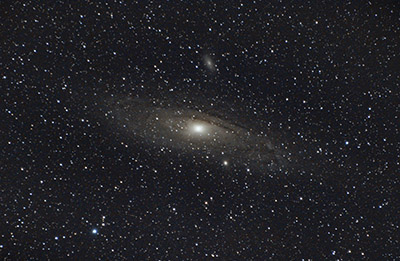
Always try to fail better the next time
E-mail: bmcguire@nrao.edu
